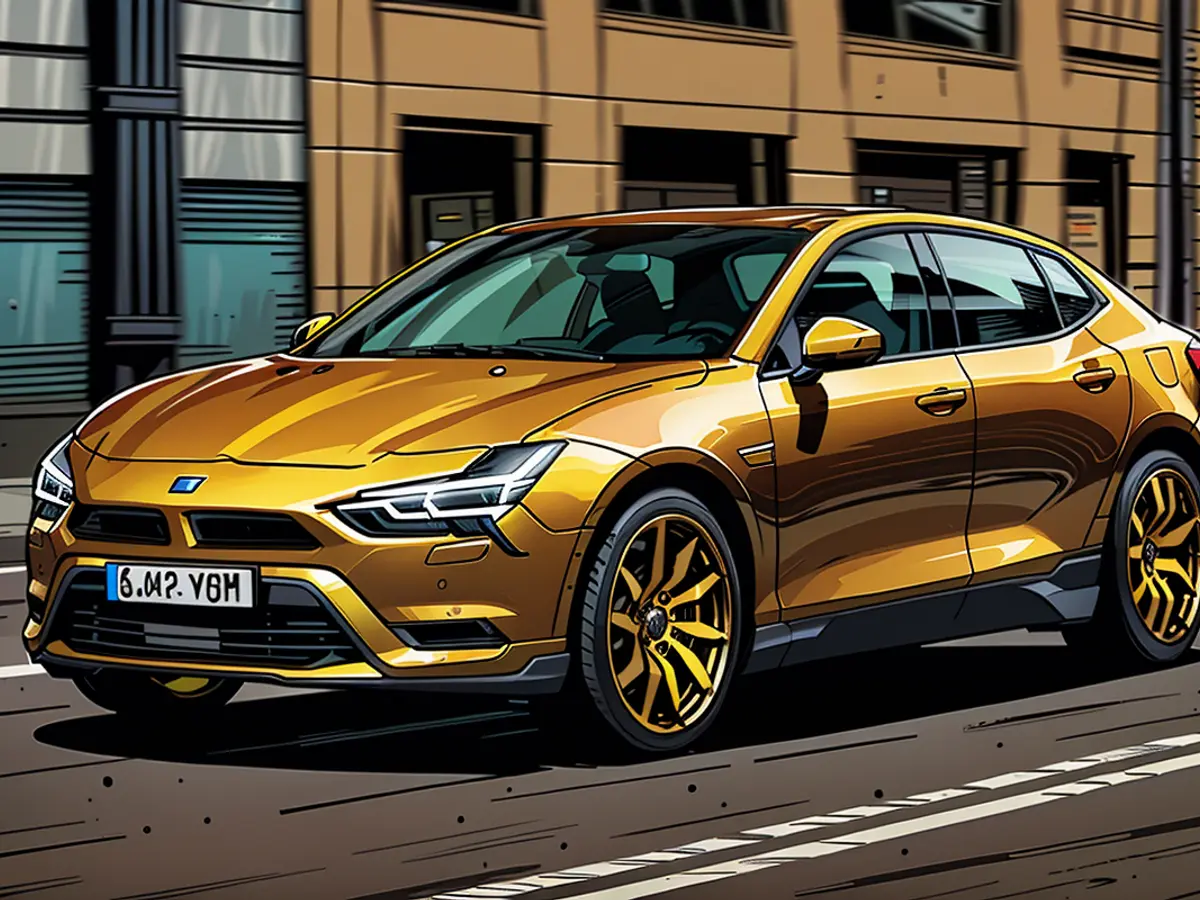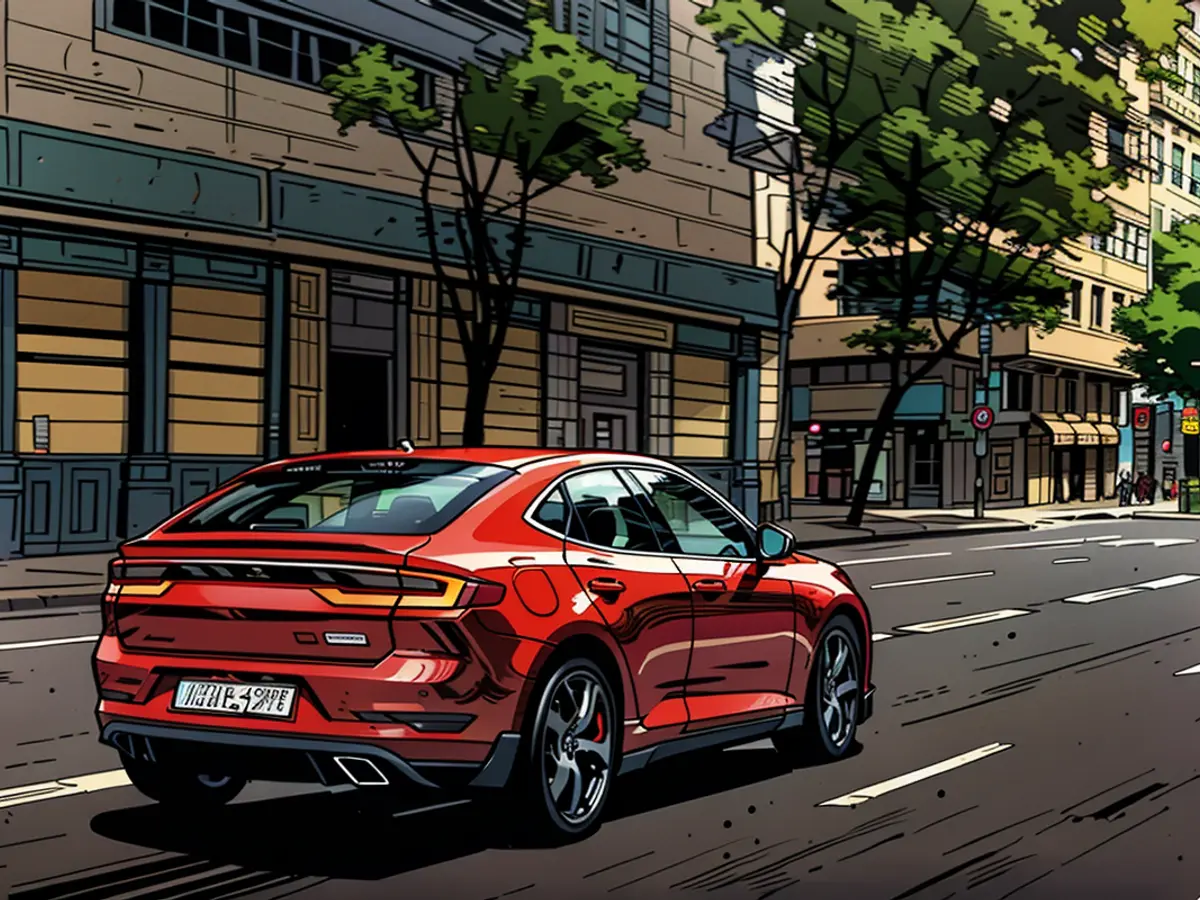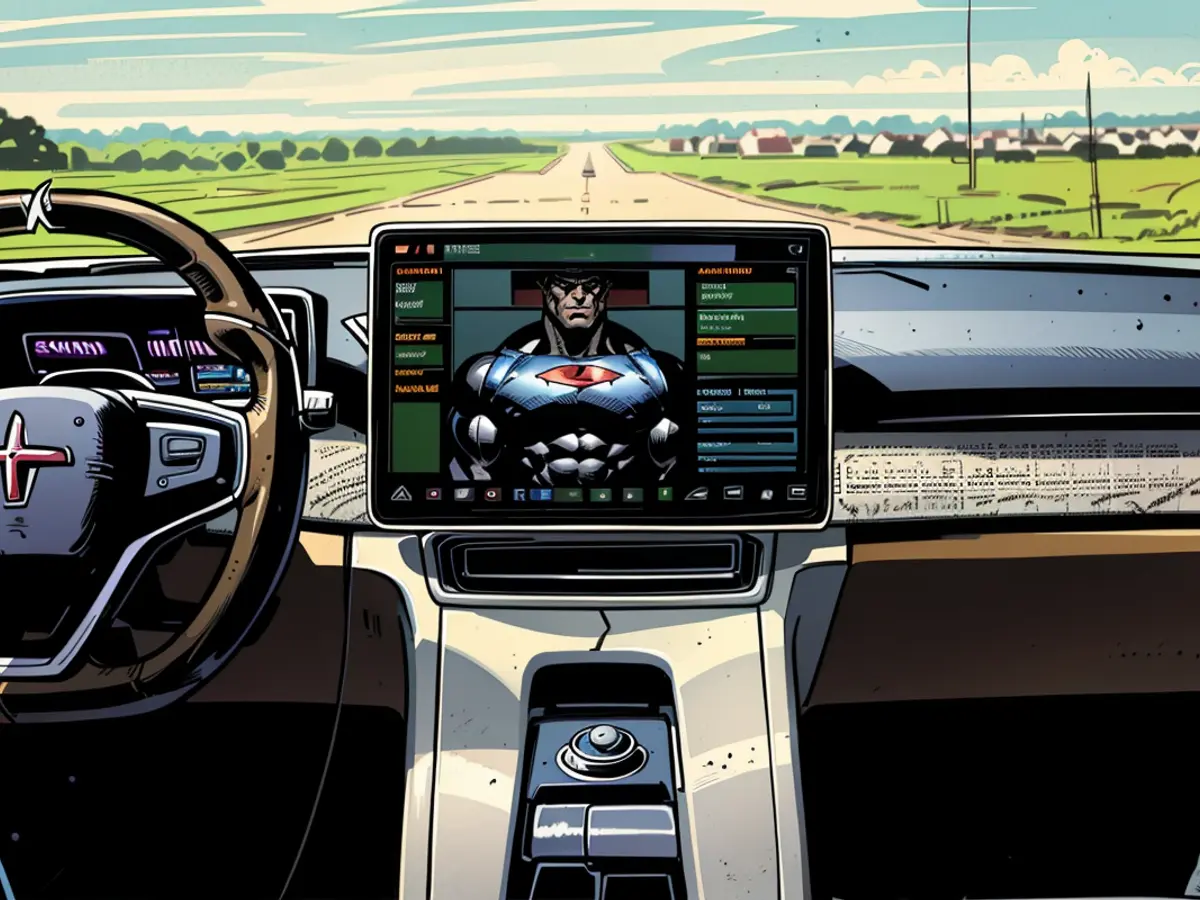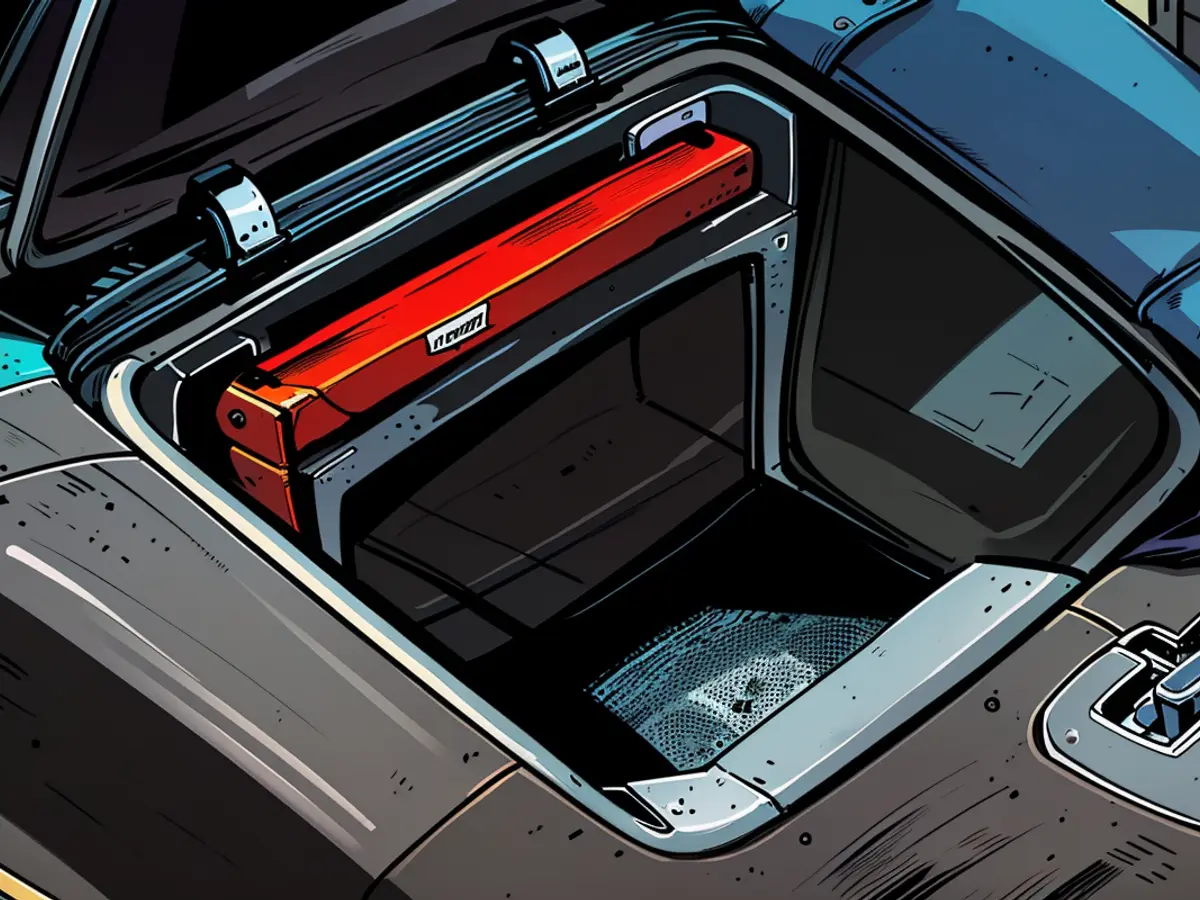Polestar 4 polarized - a car without a rear window
With an unconventional crossover limousine, Polestar enters the mid-size market. ntv.de has already driven the four-seater with frameless side windows and no rear windshield. It's simply called "4".
But it's not just that at Polestar. The Swedes have been holding back on product innovations for a while, and then comes the big fireworks. After all, models five and six are also in the pipeline. But with the latest introduced and now dynamically experienceable fourth series (Polestar model designations correspond to the order of appearance), an especially intriguing vehicle enters the market.
This mid-size car is particularly cool for Polestar's premium brand, and it's also accessible to a wider audience since it's not excessively expensive. In contrast to the recently launched Polestar 3 (which can only be had as a double-engine model starting from at least €85,590), the 4 comes as a base variant with 272 PS for €61,900. The 4.84-meter long luxury tourer is not an exclusive offering, but it can at least be afforded by a larger number of customers with hopefully attractive leasing offers. The project was made possible with the help of extensive development activities within the company. The Polestar 4 is based on the so-called SEA-Platform (Sustainable Experience Architecture), developed by Zeekr Technology Europe AB, which is based in Gothenburg, Sweden.

The Polestar 4 has nothing missing
It's nice that the Polestar 4 is quite fully equipped, so that for a happy driving experience, at least nothing essential needs to be ordered additionally. But the most important features will be discussed later. For now, it's just a matter of getting into the car without a rear windshield. And what's cozy and intimate for rear passengers, feeling so well protected in their enclosed environment (with decent legroom included), means a significant adjustment for the driver. He can still look back: Polestar provides a camera interior mirror. Yes, its display surface offers sufficient resolution to recognize the essential things on the road. But a conventional mirror would be nicer. This price is just for extravagance.

On the other hand, the mid-size car welcomes its passengers with notably plush seats in an architecturally sleek environment. They are made of a type of microfiber and make a fine impression after more than 100 kilometers. They are quite comfortable. In line with the overall impression, the youngest Polestar leaves behind. A sporty note is also mixed into the bouquet of feedback, but this is part of the nature of the powertrains. The 544 PS powerful top model with two engines kicks hard into the intersection. Logically, 686 Newton-meters fall over all four tires. The land speed is already reached after 3.8 seconds, while the top speed is limited to 200 mph.
Getting into the Polestar 4, it feels a bit sluggish in comparison. Dear Polestar team, you should have made the writing colleague first provide the basic version before jumping into the Power-AWD one. But hey, even the Long Range model is hardly faster with a relatively tight sprint time of 7.1 seconds to 100 km/h. And at top speed, it's a tie. The same goes for the steering wheel's ability to be set three-fold softer or firmer. This setting is quite intuitive to find in the corresponding menu on the large touchscreen. And regardless of the setting, the responsive steering wheel provides authentic feedback.

Moreover, the 2.2 to 2.4-tonne heavy Swede manages to hide its weight cleverly thanks to thoughtful battery placement, making it quite refined in terms of lateral performance. Yet, the suspensions have a supple touch when rolling, even though they have to process 22-inch tires with 45-series low-profile sidewalls.
Swede impresses with sensing technology

What else should we know about the Polestar 4? Its infotainment system, like Volvo's corporate sibling, is based on an Android architecture. Fret not, Apple CarPlay enthusiasts - the Polestar midsize class has got you covered. Otherwise, the essential features have been quickly developed, including the behavior of the assistants. Speed vibration and tempo alarm can be quickly disabled. By the way, there's an endless amount of sensing technology. Among it are two HD front cameras, four near-field cameras for the surround view, an HD rear camera, and four HD side cameras. Twelve ultrasonic sensors join the party. Correspondingly, there are numerous hazard scenarios where a emergency braking is triggered.
Relaxed as ever: the adaptive cruise control. It's said to be able to be realized without vibration during overtaking (it vibrated annoyingly during testing), but this feature wasn't available in the existing fleet. That's just a matter of software, promises Polestar.

By the way, the speed regulator is also series standard, as is an ordinary audio system with eight speakers. The navigation is also standard. Electrically adjustable seats are standard, but those who want a massage will have to pay extra. The high-tech LED pixel headlights also come at an additional cost.
Practically, the Polestar 4 is always a pleasure, offering over 1500 liters of cargo space volume. Additionally, it can tow up to two metric tons of trailers, which is quite impressive for an electric vehicle in this class - the base model can only tow 1.5 tons. Both versions, however, come with a 100 kWh battery pack, offering a notable WLTP range between 590 and 620 kilometers (17.8 to 21.7 kWh per 100 kilometers) depending on the configuration.
Oh, and at a premium product of this caliber, one should nowadays expect an 800-volt onboard power supply. It only delivers 400 volts. Well, at least it can be charged with up to 200 kilowatts, and the large energy storage should charge from 10 to 80 percent in 30 minutes. That remains to be seen. Interesting is the question of whether the Polestar 4 isn't too polarizing. That will soon become clear.
The Polestar 4 is part of Electric cars' expansion into various market segments, showcasing the company's commitment to Electromobility and the Automobile industry. Polestar's mid-size offering, the Polestar 4, is an affordable alternative to their more expensive models, offering a base variant for €61,900.
The Polestar 4's unique design includes innovative features like frameless side windows, no rear windshield, and a camera interior mirror, reflecting Polestar's focus on technologically advanced and user-friendly solutions.








